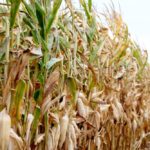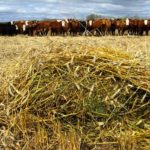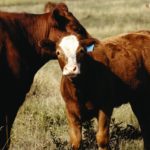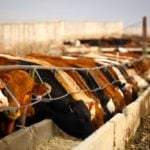
Tag Archives greenhouse gas emissions

Another take on livestock GHGs
UC Davis professor says the source of methane is carbon that was already in the atmosphere

Peace Region Living Lab includes learning cluster
The Living Lab, which spans the Alberta and B.C. border, has the potential to create a community of producers interested in trying new things

Comment: Carbon overload

Ontario proposal aims to double ethanol blend in fuel
Government move would boost corn market in the province

Putting a value on forages
A new project by the Canadian Forage and Grassland Association will establish protocols for high-performance forage management

Another look at the costs and benefits of swath grazing
Research on the Record with Reynold Bergen

Eastern beef research facilities get an upgrade
Research: News Roundup from the August 2017 issue of Canadian Cattlemen

Biochar could be a game changer
Environment: News Roundup from the June 2017 issue of Canadian Cattlemen

Breeding for methane suppression and feed efficiency
Research: News Roundup from the October 3, 2016 issue of Canadian Cattlemen

Beef: A nutritious part of a sustainable diet
Research on the Record with Reynold Bergen



